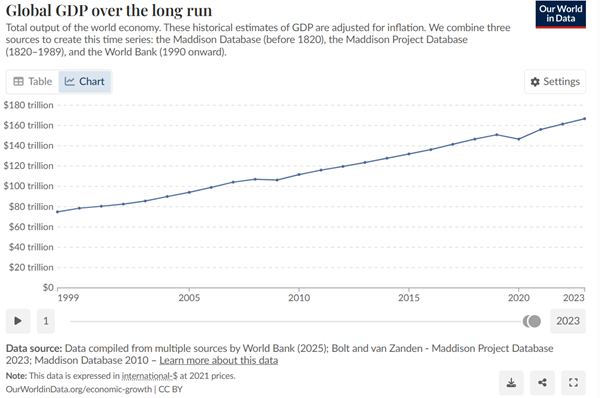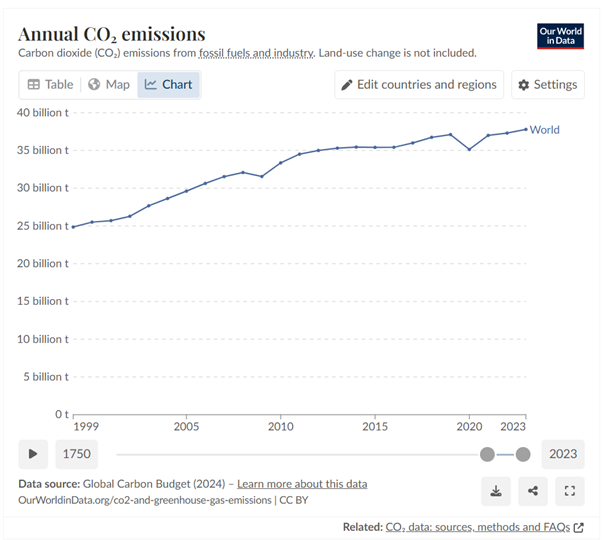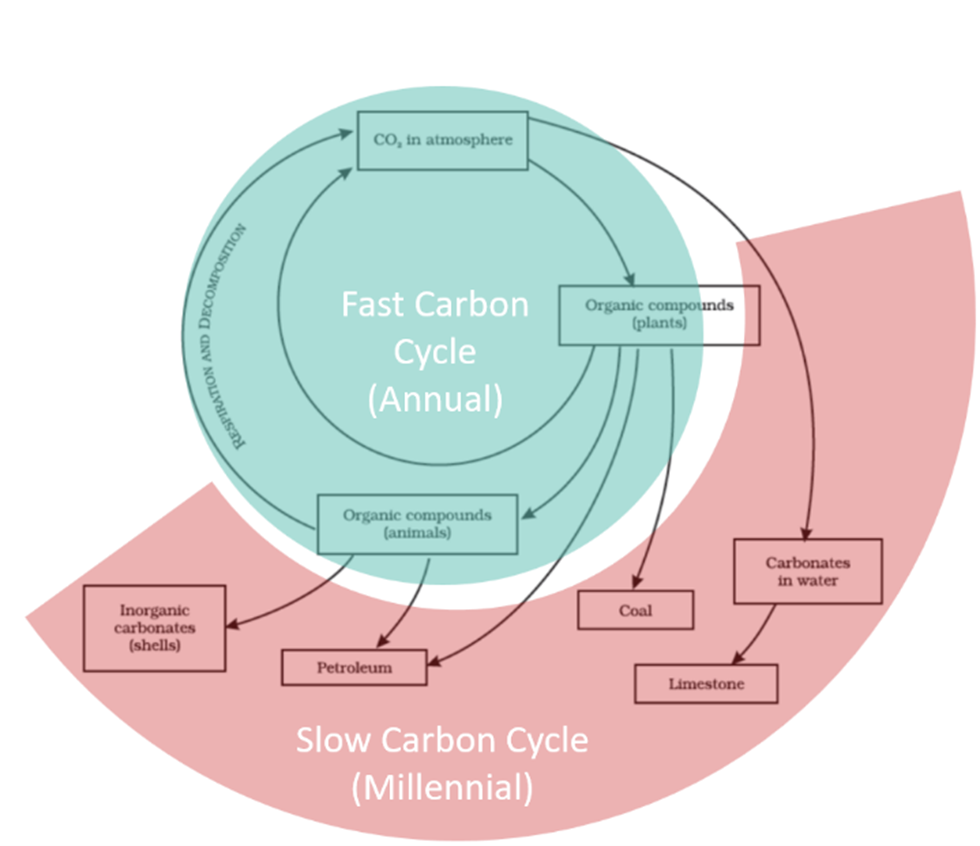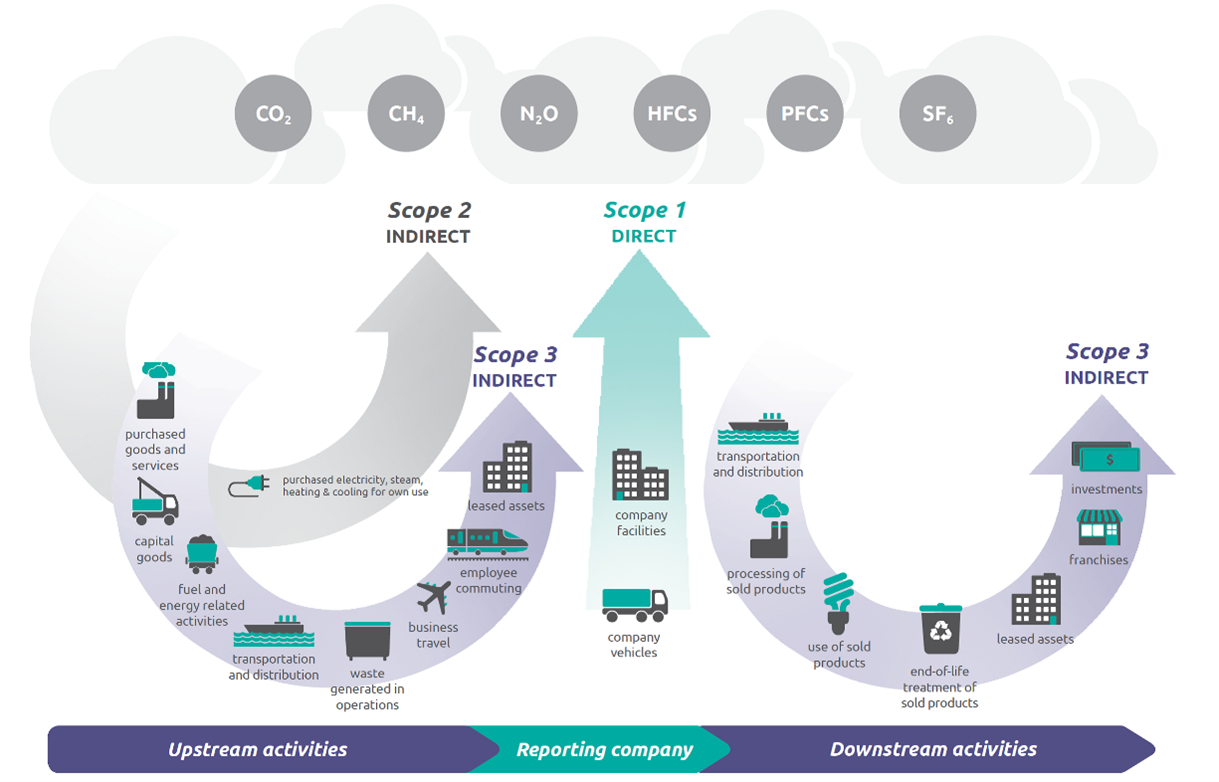Insights from a Research and Development Engineer on the importance of employee-led climate change activism, and why we should look at quantifying our carbon emissions.
About Joshua…
I’m Joshua, a research and development engineer at CATAGEN. I started at CATAGEN in 2022, from the inception of BECCS (Bioenergy, Carbon Capture and Storage) technology development, shaping the project from a successful Phase 1 prototype and culminating in CATAGEN’s BIOHGEN technology. BIOHGEN produces biohydrogen using sustainable bio-organic sources. As a founding member of our employee-led Climate Change Team at CATAGEN, I have always been passionate about engineering change for the better globally and across local communities.
2024 was a record-breaking year (for all the wrong reasons). It marked the highest levels ever recorded for greenhouse gas emissions, global air temperatures, and sea surface temperatures. These alarming trends triggered extreme weather events worldwide, including devastating floods, prolonged heatwaves, and widespread wildfires.
2025 is continuing this dangerous trajectory. In March 2025, global temperatures soared to 1.6°C above pre-industrial levels, surpassing the critical 1.5°C Paris Agreement threshold for the 20th consecutive month.
These figures underline the accelerating and intensifying impacts of human-driven climate change. Despite growing awareness and action, annual CO₂ emissions are still increasing and have yet to reach their peak.
This is why it is crucial that new technologies that reduce emissions are also more efficient than the carbon intensive ones they replace as it avoids this issue entirely. CATAGEN are developing technologies that do this for many different industries from aviation to construction. Also, the solution to, or more accurately, the mitigation plan for, the climate emergency that we find ourselves in, requires buy-in from all bodies: public and private; individuals and organisations; to even stand a chance at succeeding in decarbonisation.
We cannot expect to sit idly, carry on a business-as-usual approach, and wait for this climate emergency to simply blow over.
So, knowing all this, what steps can we actually take?
To begin with – quantification. It is often difficult to visualise a problem without the data.
As any good engineer would tell you: “Define the problem.”
Is Carbon the Problem?
Carbon is one of the building blocks of life, and one of the most abundant elements on Earth. The vast majority of Earth’s carbon is stored in rocks. NASA Earth Observatory estimates that there’s 65,500 billion metric tons of carbon in the Earth’s crust. The rest is in the ocean, atmosphere, plants, soil, and fossil fuels.
The carbon cycle describes the continuous movement of carbon between Earth’s various reservoirs, involving both fast and slow processes. When carbon moves from one reservoir to another, it alters the balance. Increases of carbon gases (e.g. carbon dioxide or CO2) in the atmosphere lead to global warming. CO2 acts as the planet’s thermostat, as it directly and indirectly controls the extent of the greenhouse effect. [1]
The Carbon Cycle, NASA Earth Observatory (Adapted)
Human activity released the equivalent of 37 gigatons of CO2 (CO2e) in 2023. [2] This is small compared to the 750 gigatons moving through the carbon cycle each year. However, the land and ocean can only absorb around 40% of the extra CO2, with the rest remaining in the atmosphere. Recent studies have also shown that the ability of the land and ocean to absorb the extra CO2 is diminishing, which could effectively double the amount of CO2 in the atmosphere.
As such, atmospheric CO2 has increased by 100 parts per million since the industrial revolution- between 40 to 165 times faster than would naturally occur. [3]
The interaction between atmospheric carbon and the environment is complex and fascinating, but the main point is this:
While carbon itself isn’t the problem, excess carbon emissions from human activity is most certainly a problem.
Carbon emissions become even more problematic in an economic sense. A wealth of research has shown that carbon emissions and the global economy show ‘bidirectional causality’ which means they directly impact each other.
In the last 25 years there have only been two year-on-year decreases in global carbon emissions; these coincided with the COVID-19 pandemic (2021) and the 2008 financial crash, the only two periods in this quarter of a century where the global GDP also decreased.
This is just one snapshot (illustrated by Our World in Data) that is supported by a wealth of research that shows at a global scale we need new ways of powering economic activities that do not produce carbon emissions. ClimaHtech can do this for a range of different applications and sectors and at CATAGEN we already do this in our Green Emissions Testing services.

Global GDP over the long run, Our World in Data, Global GDP over the long run

CO₂ emissions, Our World in Data, CO₂ emissions – Our World in Data
So how does one quantify emissions?
To answer this question, it is important to understand that most elements of day-to-day life have an associated carbon “cost”. While this does not always translate directly into tonnes of CO2 into the atmosphere, as CO2 is the most common form, other emissions are converted into a carbon dioxide equivalent, also known as CO2e.
A useful way to calculate carbon emissions is by splitting it into 3 groups, or “scopes”, shown in the diagram below:
- Scope 1: Direct emissions from owned or controlled sources, . e.g. the emissions that come out of the exhaust of your car engine (if it isn’t an electric vehicle!).
- Scope 2: Indirect emissions from the generation of purchased electricity, steam, or cooling, e.g. the carbon intensity of the electricity you use to charge your electric vehicle.
- Scope 3: Indirect emissions from the entire value chain, including both upstream and downstream activities. (Note: Scope 3 emissions typically account for the largest share of a company’s total emissions, but they are also the most challenging to measure and manage, since they are outside the direct control of the organization.) E.g. the carbon emissions from producing the steel in your car chassis, or manufacturing the batteries for an EV.
Greenhouse Gas Protocol, Corporate Value Chain (Scope 3) Accounting and Reporting Standard.
Recently, the term Scope 4 emissions has been coined as well. This number is calculated separately from the rest, but is used to quantify avoided emissions through the use of a specific product or service, e.g., avoided internal combustion engine emissions using an EV [4]. Many of CATAGEN’s technologies such as BIOHGEN and E-FUEL GEN can support reduction of Scope 1 and Scope 4 emissions through generating sustainable fuels such as biohydrogen and sustainable aviation fuel (SAF).
Accurate reporting helps organisations understand how to improve their sustainability practices and have the biggest impact on their carbon emissions. It can serve as a basis for setting carbon reduction targets and initiatives that align with global climate goals, such as those set by the Paris Agreement. It also allows companies to be transparent about their environmental impact. By reporting emissions across Scope 1, Scope 2, and Scope 3 categories, as well as Scope 4, one can be held accountable for the full extent of their carbon footprint. A company can achieve carbon negativity by reducing emissions from Scope 1, 2, and 3, adopting innovative technologies, and offsetting remaining emissions through Scope 4 activities. Having a ‘common decarbonisation language’ allows everyone to understand where emissions are coming from and how they can be addressed effectively.
Governments and regulatory bodies are also increasingly requiring businesses to disclose their emissions. Scoped emissions reporting helps ensure companies meet these legal obligations and avoid penalties or sanctions.
Furthermore, investors, customers, and other stakeholders are placing more emphasis on sustainability practices. Companies with strong emissions reporting are seen as more responsible and forward-thinking, which can improve their reputation, attract investment, and drive customer loyalty.
As a part of CATAGEN’s Climate Change Team, we decided to put the various skills and expertise within the company to good use, by measuring the emissions generated by some of our Green Emissions Testing services. And the results? Some great work done, and some work still to do.
Here are some of the highlights:
- Success #1: CATAGEN produces, on average, 98% less CO2 per test unit compared to our competitors. This significant reduction directly contributes to lowering Scope 3 emissions for our customers, helping them decarbonise their supply chain and achieve their climate targets more efficiently.
- Success #2: CATAGEN sources its electricity from 100% renewable sources. This reduces our Scope 2 emissions in our Green Emissions Testing Facility, and company-wide, to zero. We source our electricity from local renewable energy providers, meaning we have direct sight of where the renewable electricity is generated.
- Success #3: Remember Scope 4? Well, CATAGEN’s Green Emissions Testing technology was found to avoid 1,085 tonnes of CO2e for our customers over a year of testing in some of our most common services! That is about as much as 90 average UK citizens produce per year, meaning we avoided more carbon emissions than the 70 team members at CATAGEN produced over the same time from just these tests alone!
- Opportunity #1: Scope 3 emissions are notoriously difficult to quantify, but the team is beginning by introducing simple metrics as a first step, such as CO2/ £ spent. To add to this, we are supporting our existing work by collaborating with independent specialists.
- Opportunity #2: As we continue to commercialise and roll out the ClimaHtech suite, Scope 1, 2, and 3 carbon emissions data for our new projects and partners is something that we would like to capture and share to quantify the impact our technologies have in these new applications.
Of course, calculating your greenhouse gas emissions is only the first step, meaningful change must follow.
It is a huge step that many others miss, resulting in either exacerbating an issue that actually has a minimal impact on your emissions, or not picking up on easily avoidable practices that cause unnecessary emissions. Take recycling, for example. It’s great, and helps tackle other pollution issues (plastic and landfill) that are very real and very important. However, when it comes to CO2, it accounts for barely any savings at all. The lesson here is absolutely not to forgo recycling, but to understand that other actions, like reducing travel or using renewable energy are much more impactful [6]. Yet, without having first carried out a carbon audit, you wouldn’t necessarily have come to this conclusion.
Emissions calculation doesn’t have to be complex. By starting with a few simple steps and metrics, you can provide an initial emissions estimate, which can be refined over time for greater accuracy. If you want to make a meaningful impact with your decarbonisation strategy, calculating your carbon emissions is the only way you can take your emissions into your own hands.
Follow us on LinkedIn to keep up to date with the hard work our team members like Joshua are doing every day.
About CATAGEN Voices for Change…
“Voices for Change” is a blog series authored by members of CATAGEN’s team, offering a unique glimpse into the people behind the innovation here. It provides a platform for them to share their insights and experiences on the climate crisis, sustainability, and climate activism. Each post introduces a fresh perspective, enriching the conversation around meaningful climate action and decarbonisation.
[1] https://earthobservatory.nasa.gov/features/CarbonCycle
[2] https://www.statista.com/statistics/276629/global-co2-emissions/
[3] https://www.che-project.eu/news/how-do-human-co2-emissions-compare-natural-co2-emissions
[4] https://net0.com/blog/scope-4
Meet Euro 7 Targets Cost Effectively Using Reliable, Reproducible Aged Catalysts
WRITTEN BY: DR KURTIS IRWIN - VP OF GLOBAL CATALYSIS Euro 7 Emissions Legislation: What It...
CATAGEN Continues as Official Ducati Supplier in 2025
Belfast, UK – July 2025 CATAGEN, a global leader in green emissions testing, is proud to...
PRESS RELEASE: CATAGEN Named UK’s Number 1 Most Innovative Green Technology Firm for 2025 by BusinessCloud
CATAGEN Places Number 1 in BusinessCloud’s EnviroTech 50 for 2025. EnviroTech 50 is an annual...
Voices for Change #4: Could Our Winters Turn Baltic? Exploring the Future of the Gulf Stream by Prof. Roy Douglas
Should we be worried about the future of the Gulf Stream? CATAGEN’s CSO and Co-Founder Roy Douglas...
Blog: Powering Progress – Biofuels and E-Fuels in the Marine Sector
By Kurtis Irwin, VP of Global Catalysis As global climate goals tighten and regulatory pressures...
PRESS RELEASE: CATAGEN Makes the Top 500 List of Fastest Growing Technology Companies in EMEA
CATAGEN, a Net Zero technologies company, has been listed on The Deloitte Fast 500 list for...




















